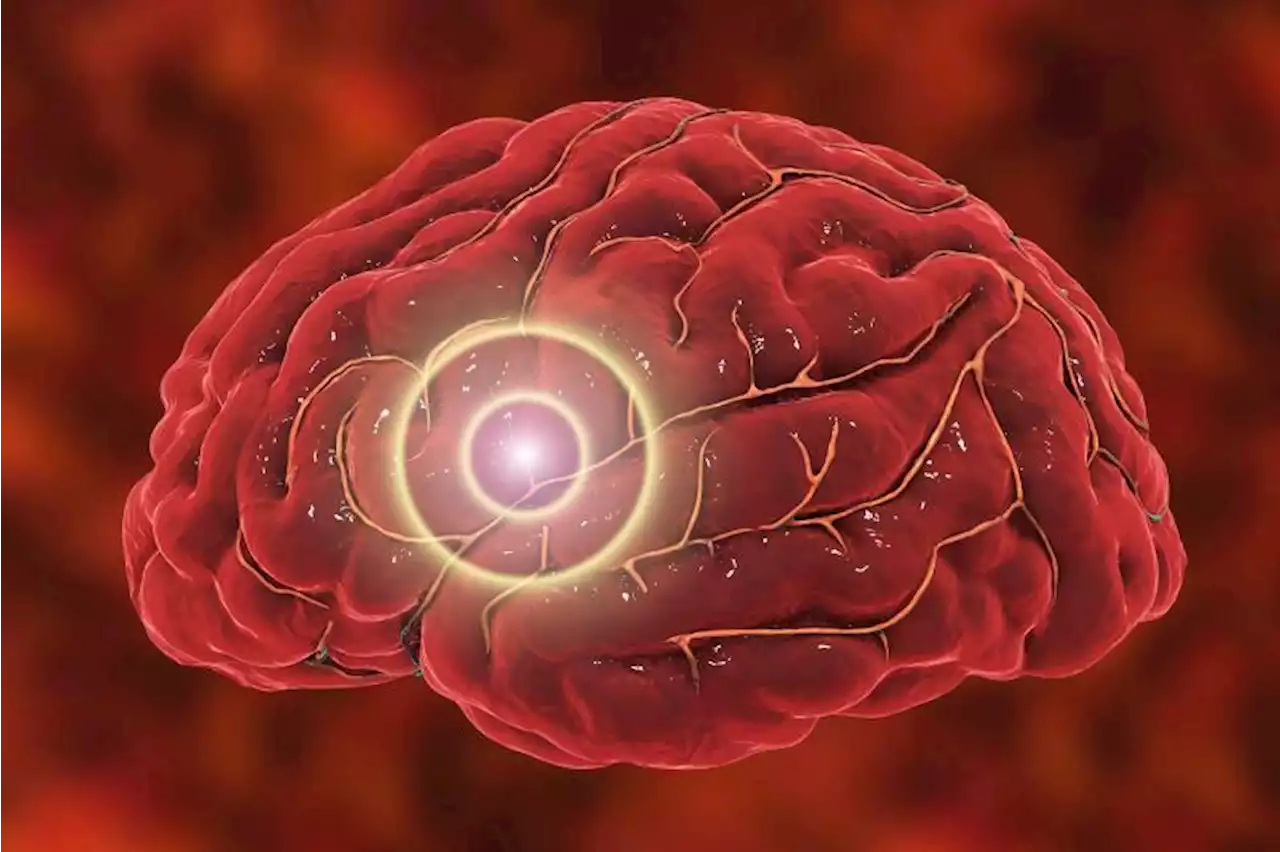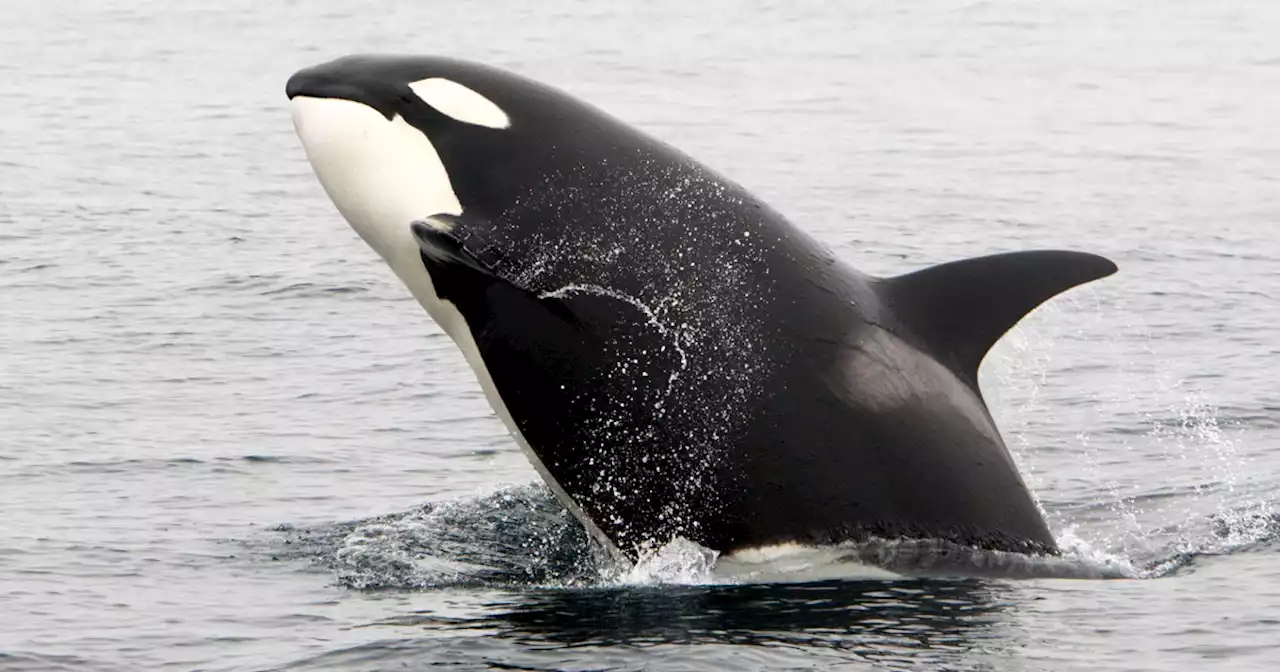Scientists report that they can trigger a hibernation-like state in mice by targeting part of their brain with pulses of ultrasound.
that change shape in response to ultrasonic waves, including the subset of POA cells that controls mouse torpor. To see what effect that had on the animals’ behavior, her team next glued miniature, speakerlike devices on the heads of mice to focus these waves on the POA.
In response to a series of 3.2-megahertz pulses, the rodents’ core body temperatures dropped by about 3°C. The mice cooled off by shifting body heat into their tails—a classic sign of torpor, Bruekelen notes—and their heart rates and metabolisms slowed. By automatically delivering additional pulses of ultrasound when the animals’ body temperatures began to climb back up, the researchers could keep the mice in this torpid state for up to 24 hours.
Breukelen says his confidence in the team’s results is strengthened by the fact that when the researchers directed the ultrasound to other brain regions, the mice didn’t appear to enter a torpid state. That suggests the animals’ reduced metabolism was indeed caused by stimulating specifically the neurons in the POA, and not simply by “scrambling” brain functioning. “I don’t think anyone wants a therapy that relies on simply turning off the brain, and consequences be damned,” he says.
Others aren’t convinced. Shaun Morrison at Oregon Health & Science University doubts the scientists really observed torpor in the mice. Ultrasound stimulation warms up the brain, he says, so it’s possible the researchers were in fact activating temperature-sensitive neurons in that region, causing the animals to lower their body temperatures in response. Even if the effect is real, he’s skeptical that we’ll be using ultrasound to put astronauts into suspended animation anytime soon.
Argentina Últimas Noticias, Argentina Titulares
Similar News:También puedes leer noticias similares a ésta que hemos recopilado de otras fuentes de noticias.
 Ultrasound can trigger a hibernation-like state in mice and ratsZapping part of the brain with focused ultrasound can put rats in a hibernation-like state called torpor for at least 24 hours, even though rats don’t naturally go into this state. Doing this in humans could have medical uses
Ultrasound can trigger a hibernation-like state in mice and ratsZapping part of the brain with focused ultrasound can put rats in a hibernation-like state called torpor for at least 24 hours, even though rats don’t naturally go into this state. Doing this in humans could have medical uses
Leer más »
 Scientists track brain activity associated with chronic painThe researchers from the University of California, San Francisco, implanted electrode-based devices into four patients suffering from severe chronic pain.
Scientists track brain activity associated with chronic painThe researchers from the University of California, San Francisco, implanted electrode-based devices into four patients suffering from severe chronic pain.
Leer más »
 Scientists Watch Pain in the Brain to Decode Its SecretsFor the first time ever, researchers have recorded specific brain activity associated with real-world chronic pain, using electrode implants to figure out which regions become active when people are in agony.
Scientists Watch Pain in the Brain to Decode Its SecretsFor the first time ever, researchers have recorded specific brain activity associated with real-world chronic pain, using electrode implants to figure out which regions become active when people are in agony.
Leer más »
 Game-changing obesity drugs go mainstream: what scientists are learningStudies tackle who’s most likely to lose weight on the new generation of anti-obesity medications.
Game-changing obesity drugs go mainstream: what scientists are learningStudies tackle who’s most likely to lose weight on the new generation of anti-obesity medications.
Leer más »
 Scientists are puzzled by Orcas sinking boats in a string of abnormal attacksThree recent incidents of orcas seemingly attacking and sinking boats off the southwestern tip of Europe are drawing intense scrutiny over whether the animals deliberately swarmed the vessels and if they are learning the behavior from one another.
Scientists are puzzled by Orcas sinking boats in a string of abnormal attacksThree recent incidents of orcas seemingly attacking and sinking boats off the southwestern tip of Europe are drawing intense scrutiny over whether the animals deliberately swarmed the vessels and if they are learning the behavior from one another.
Leer más »
 Coral Calamity: Scientists Uncover Hidden Perils of BleachingNew findings from research conducted in Moorea reveal that the existence of coral skeletons has a significant impact on the recovery of reefs following bleaching events. Natural disasters can wreak havoc in a region, leading to the abrupt destruction of species that make up an ecosystem. The mann
Coral Calamity: Scientists Uncover Hidden Perils of BleachingNew findings from research conducted in Moorea reveal that the existence of coral skeletons has a significant impact on the recovery of reefs following bleaching events. Natural disasters can wreak havoc in a region, leading to the abrupt destruction of species that make up an ecosystem. The mann
Leer más »